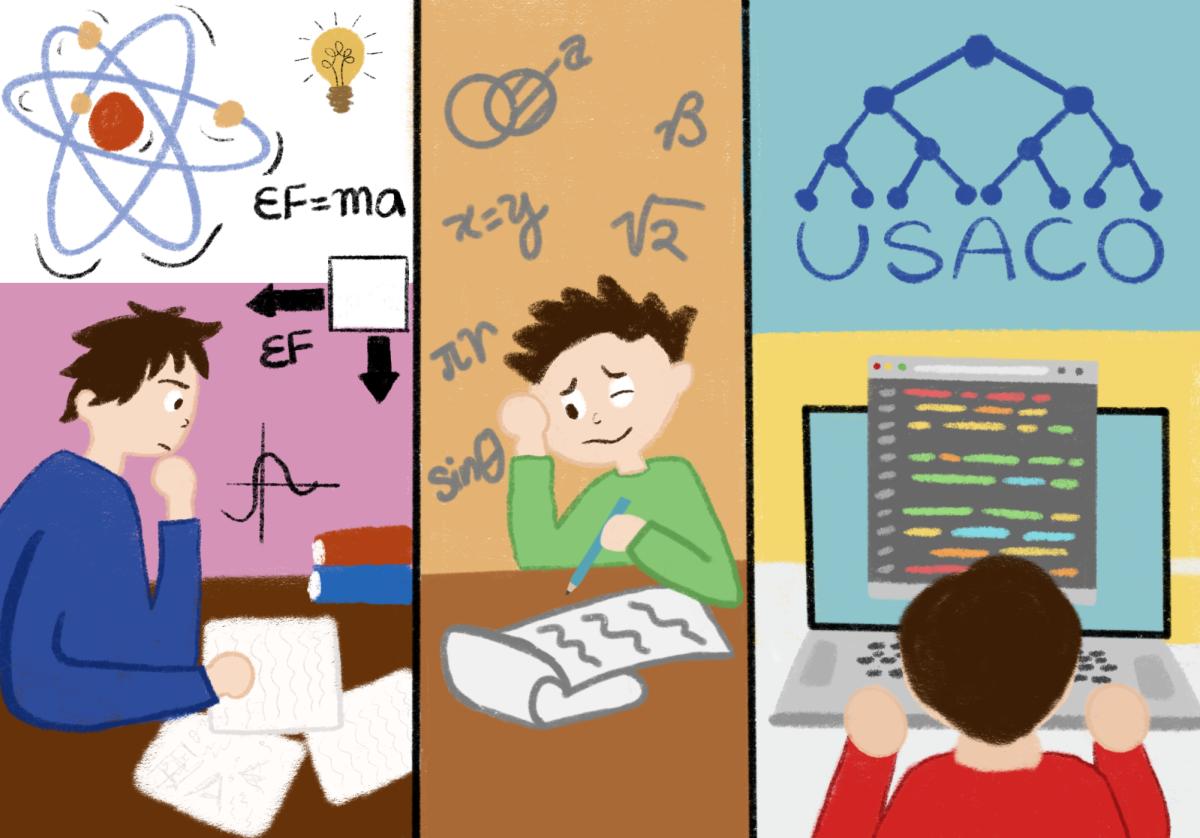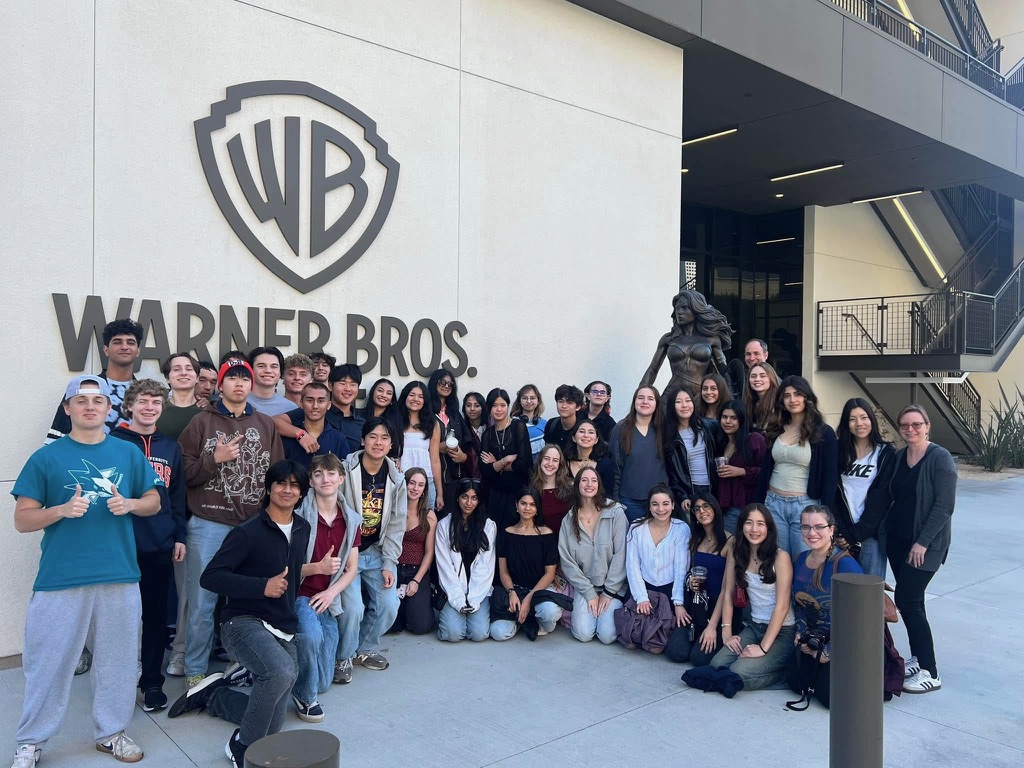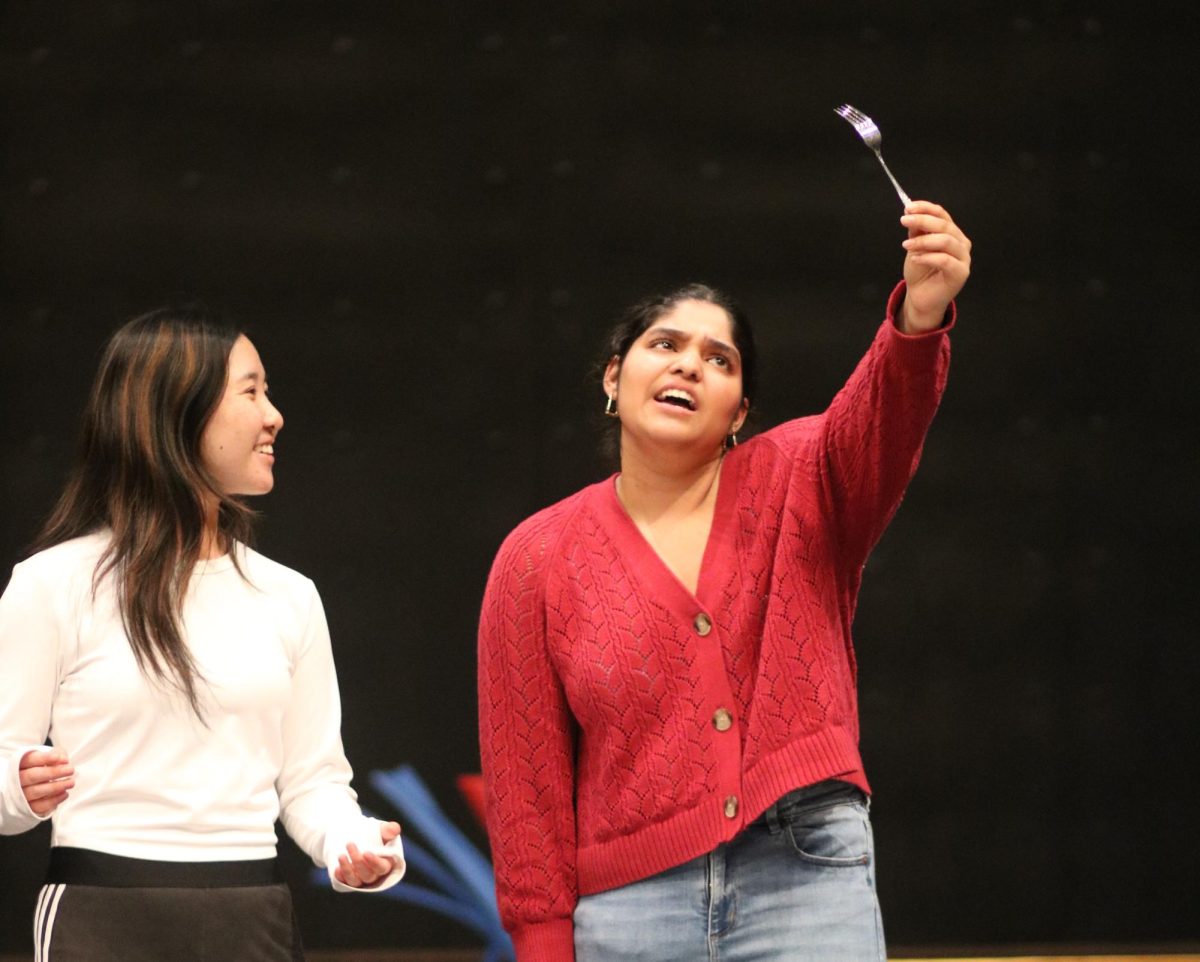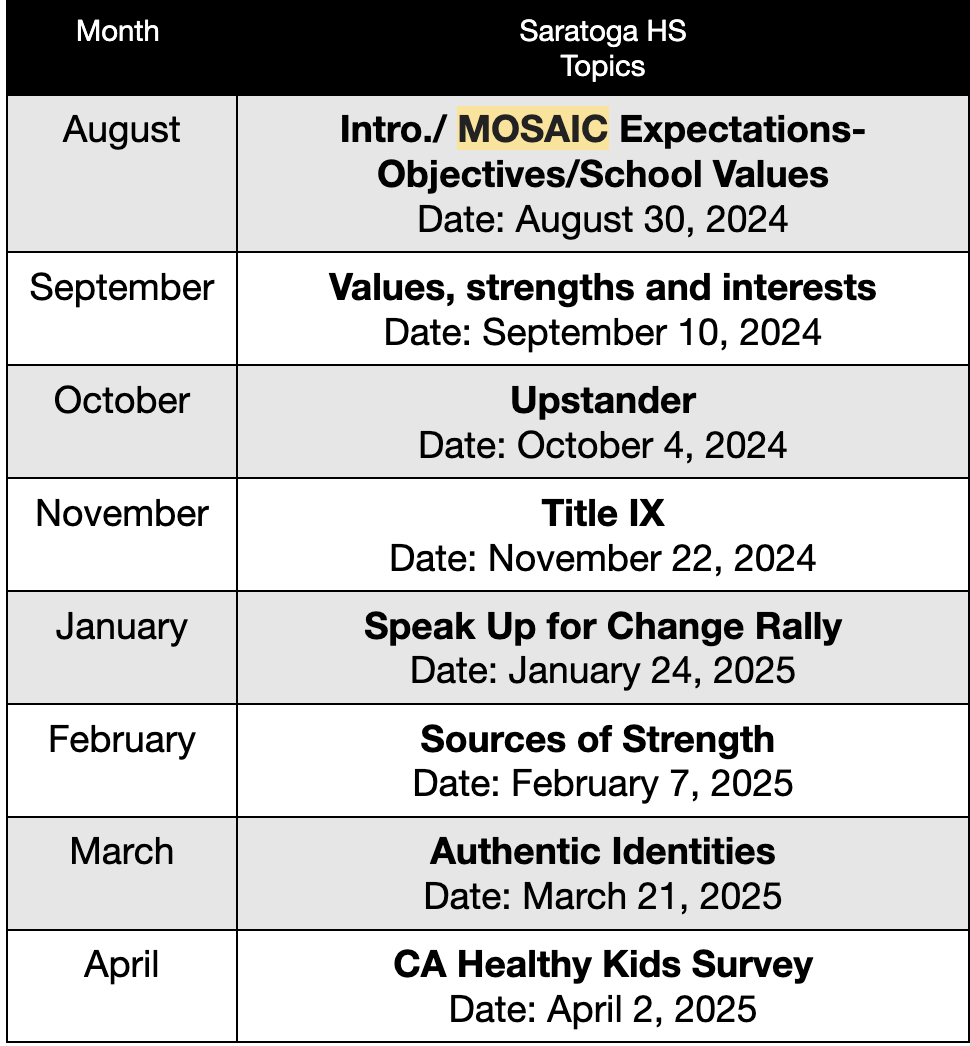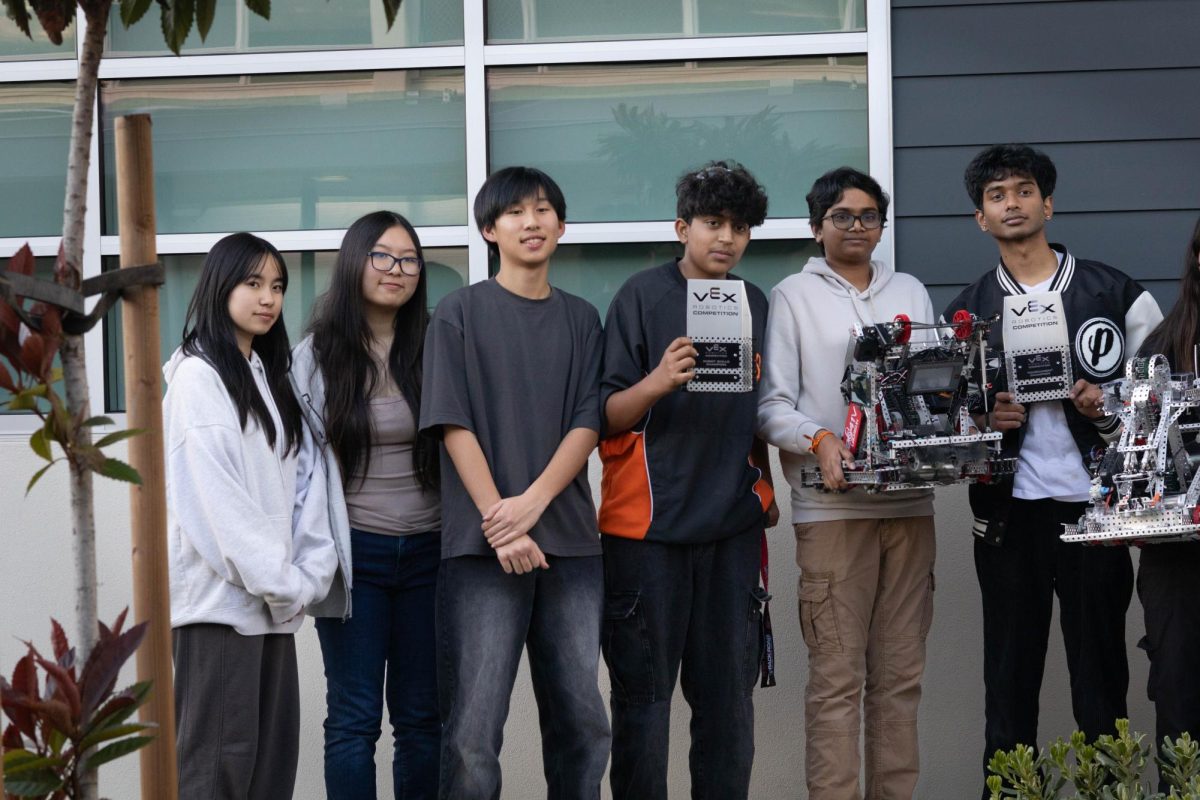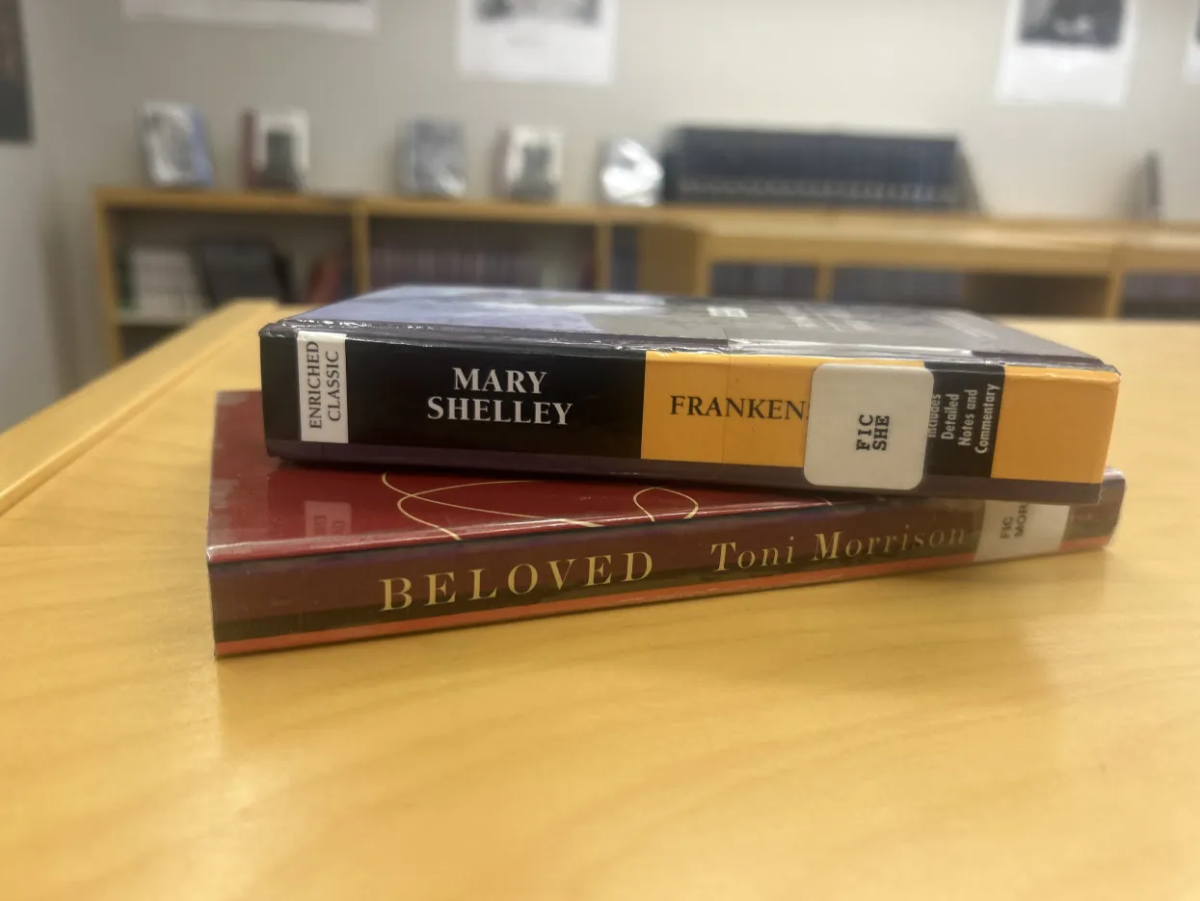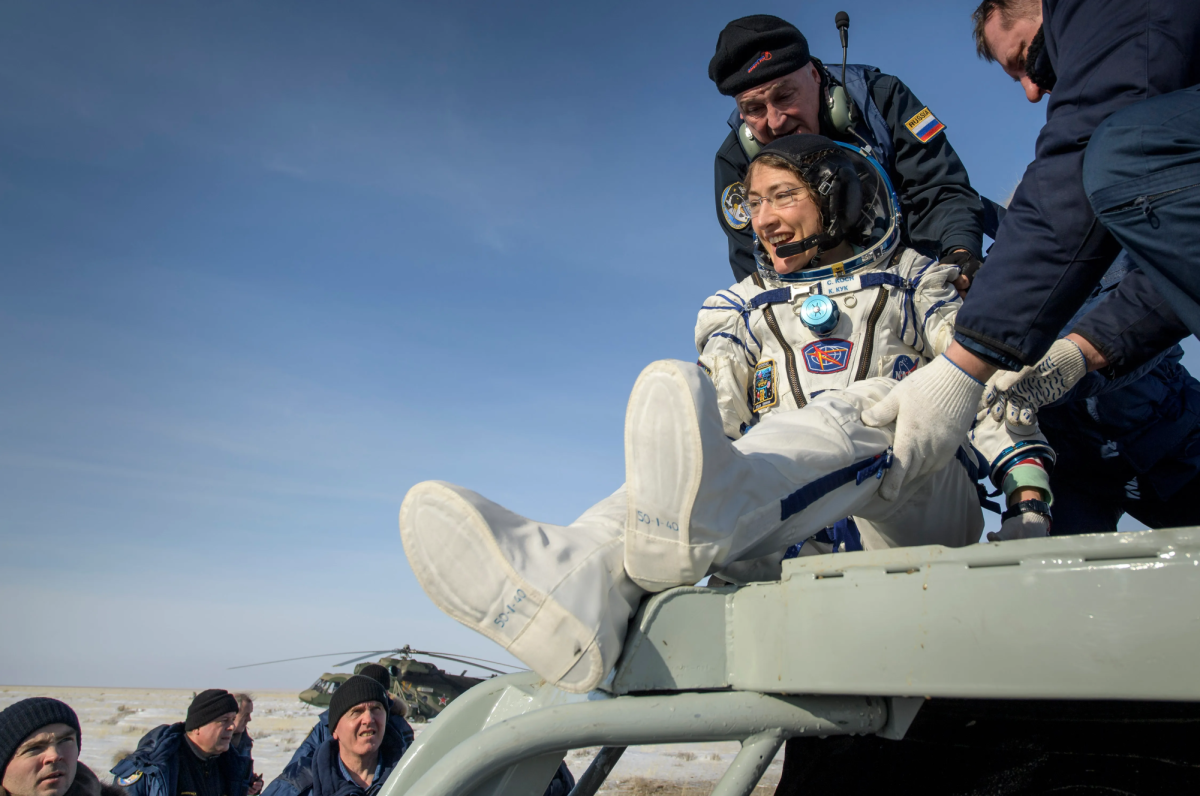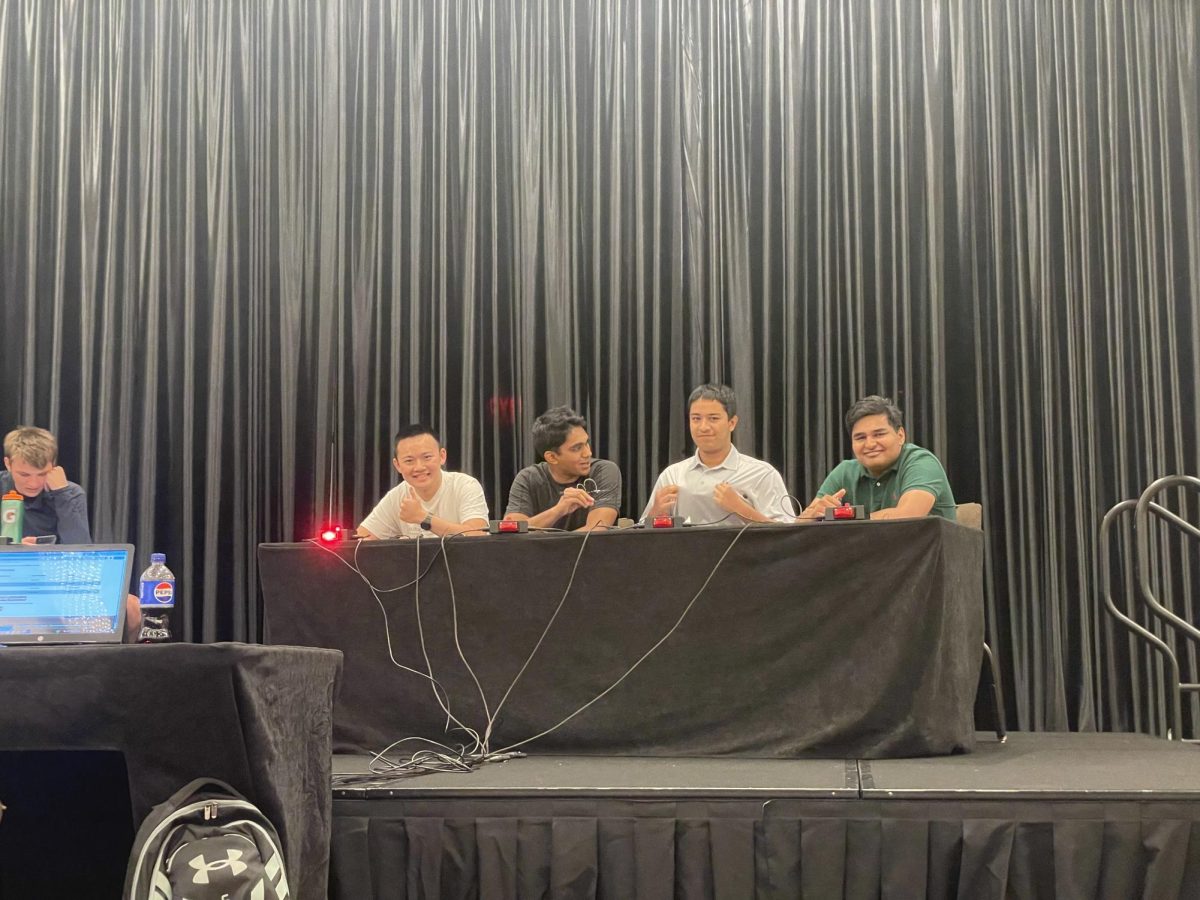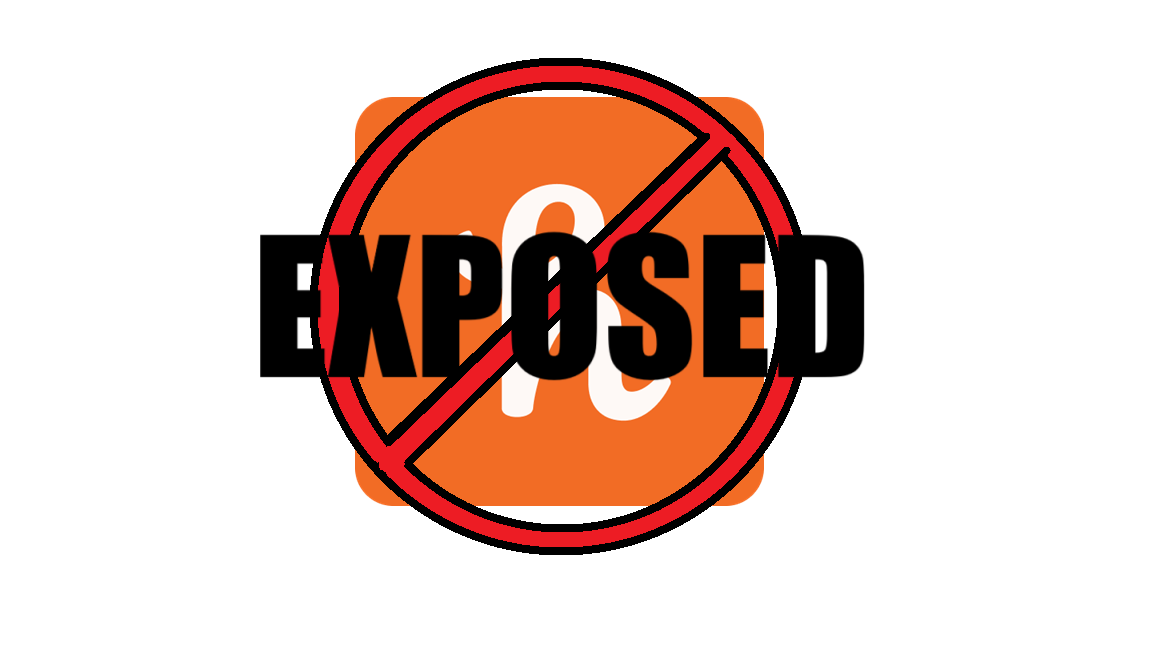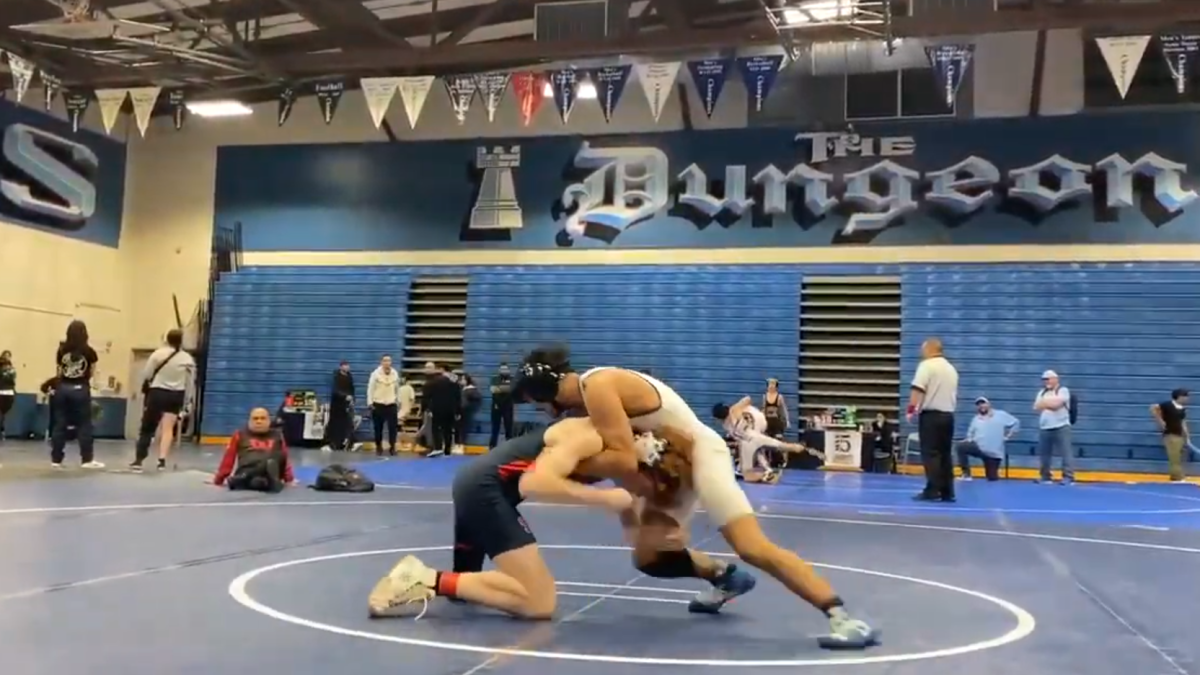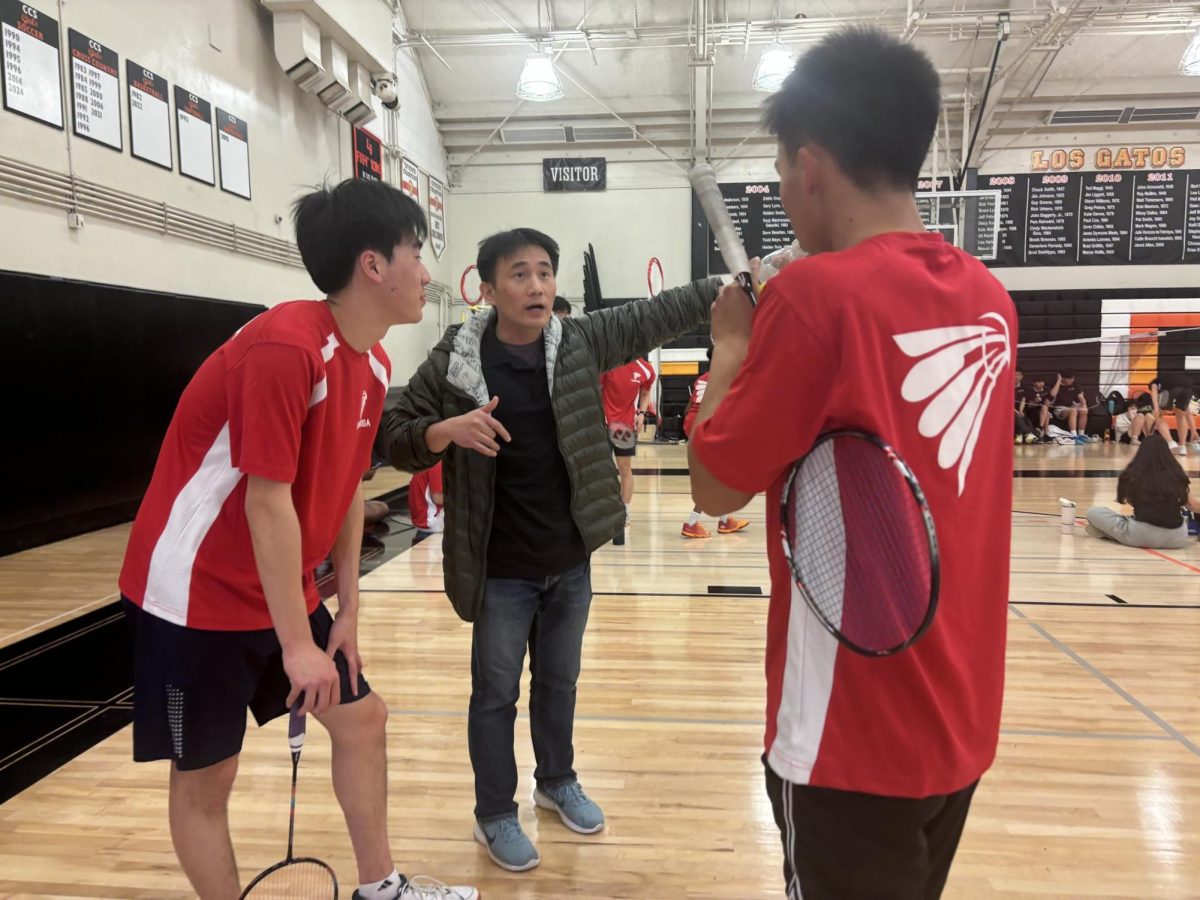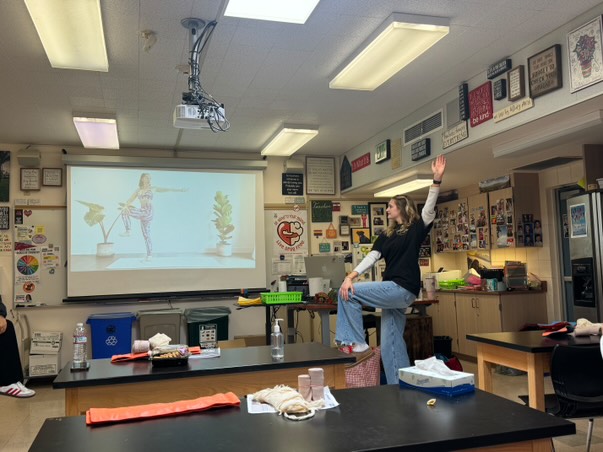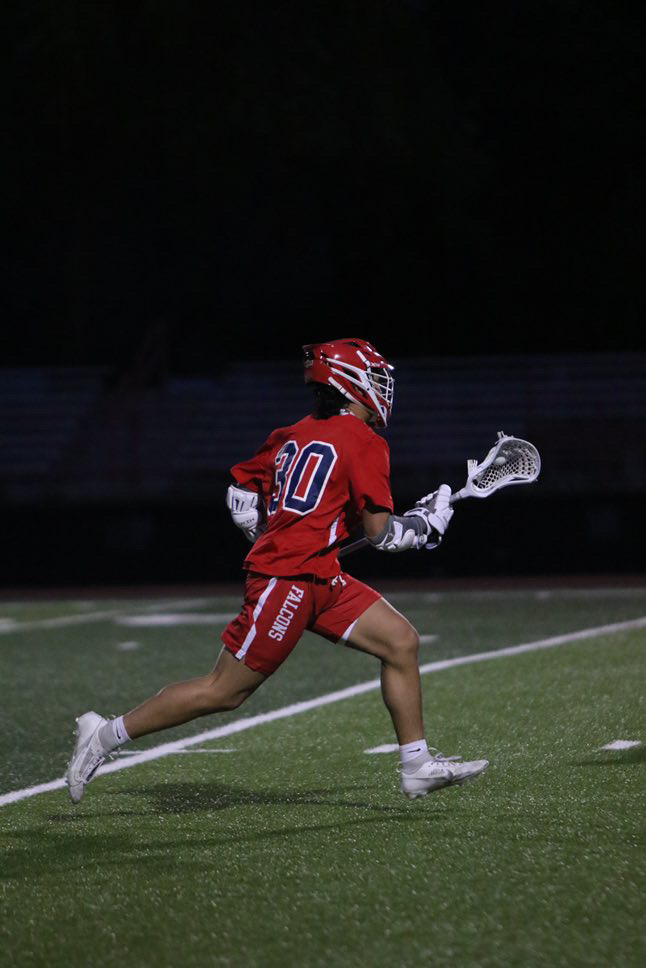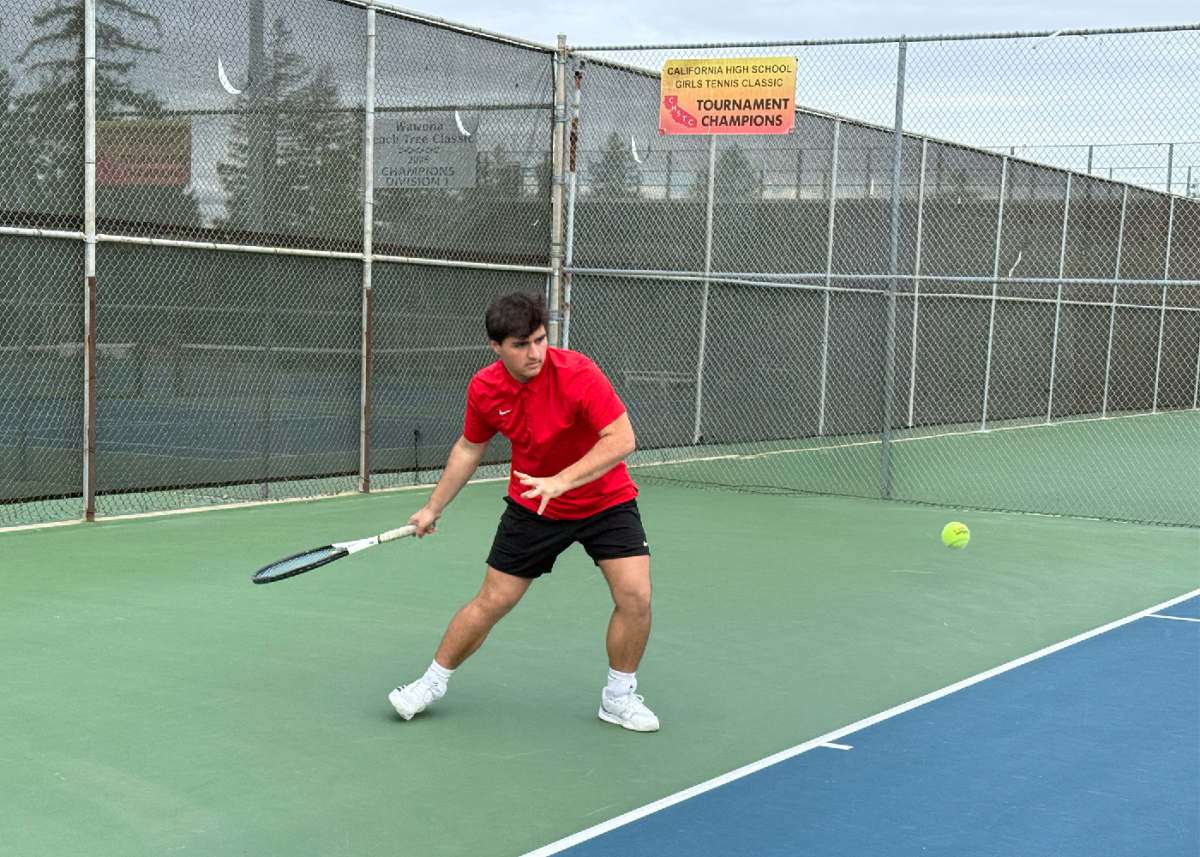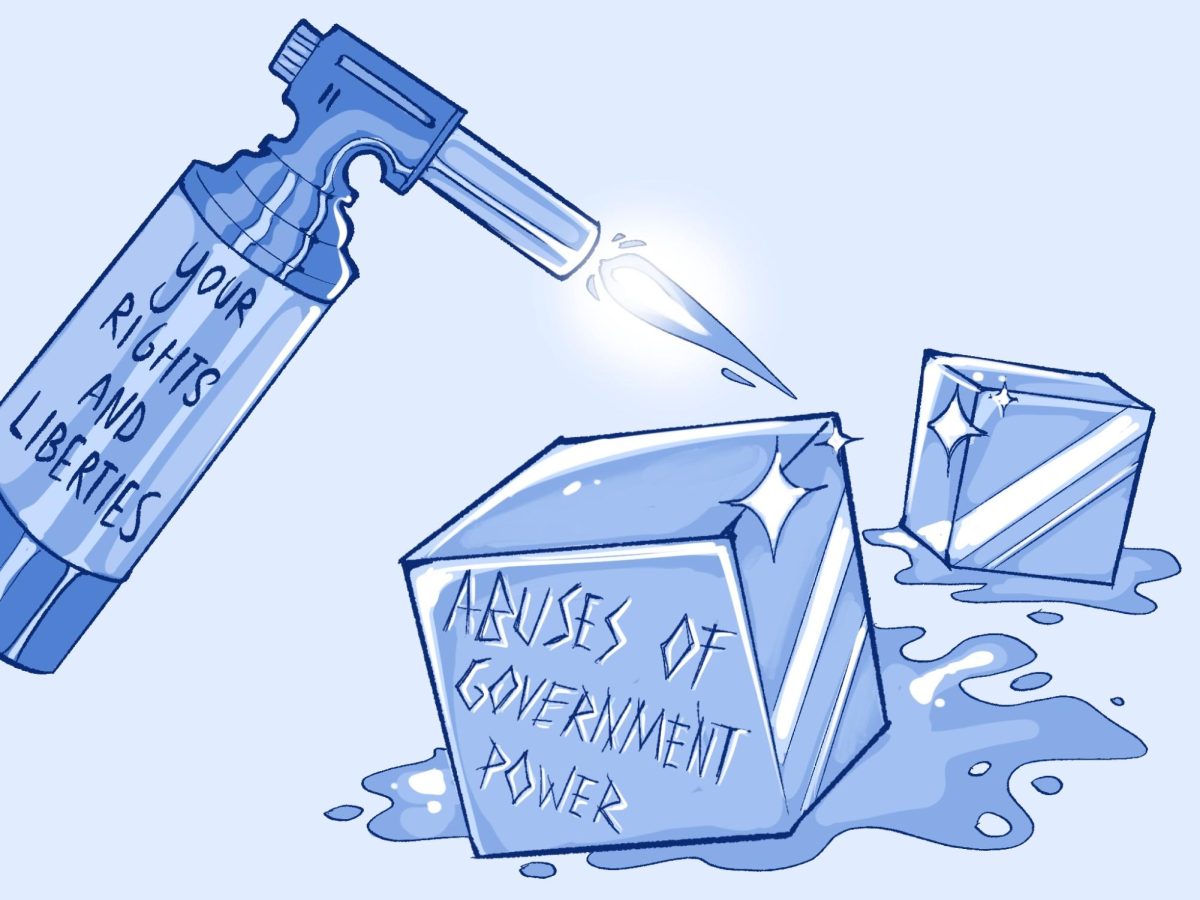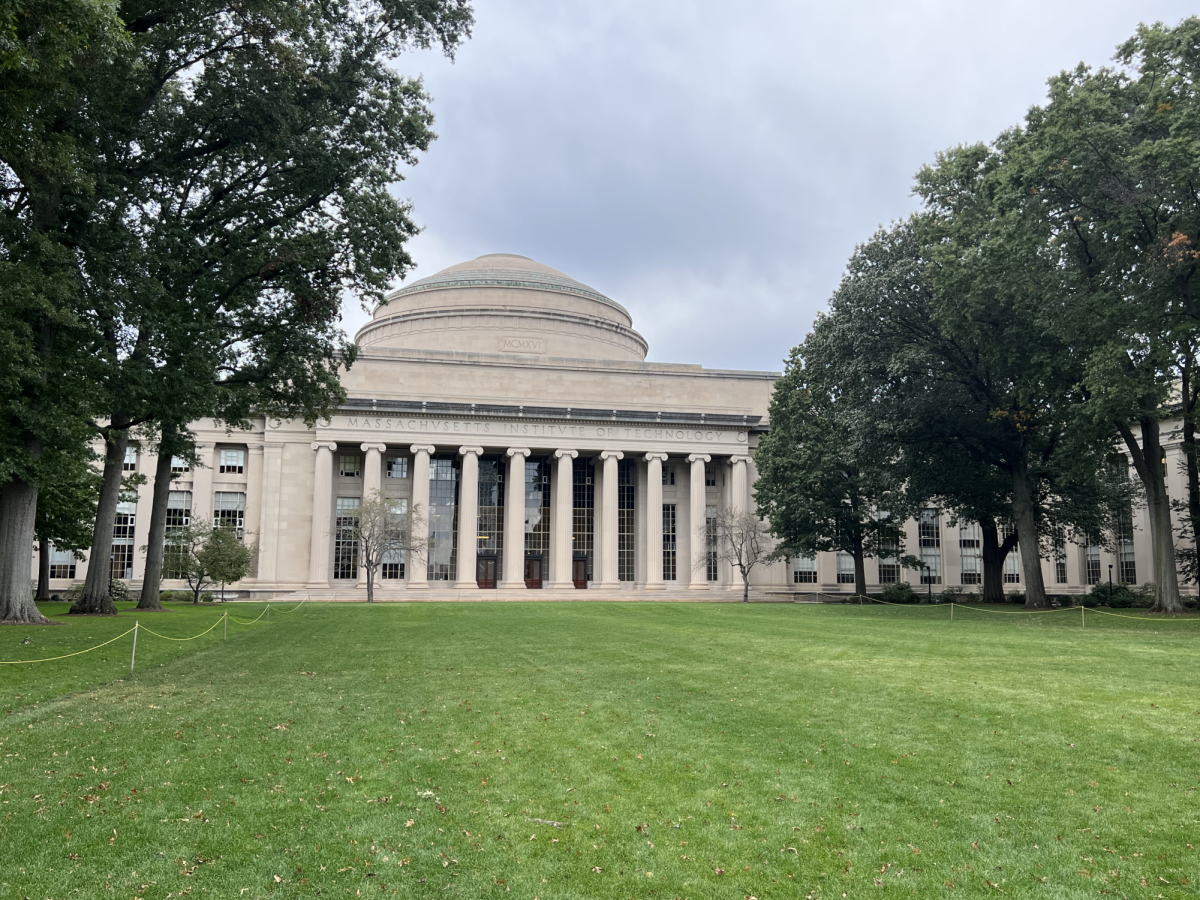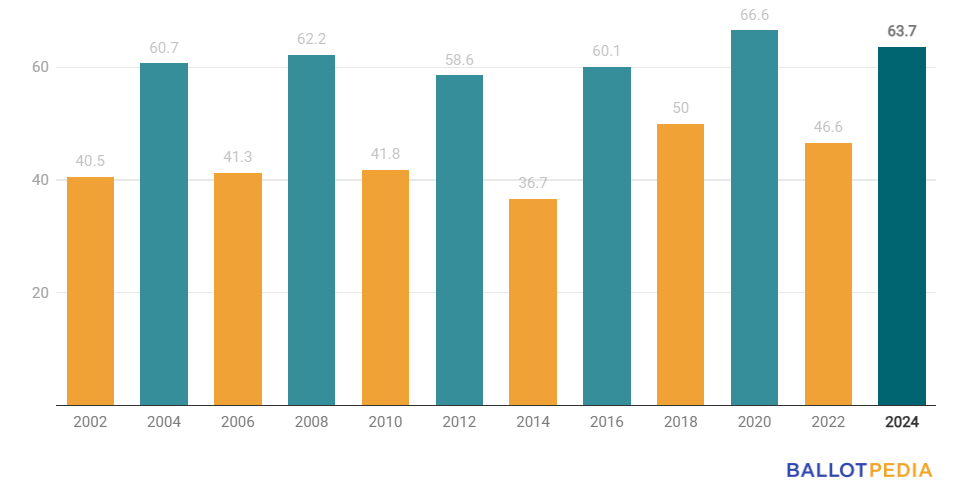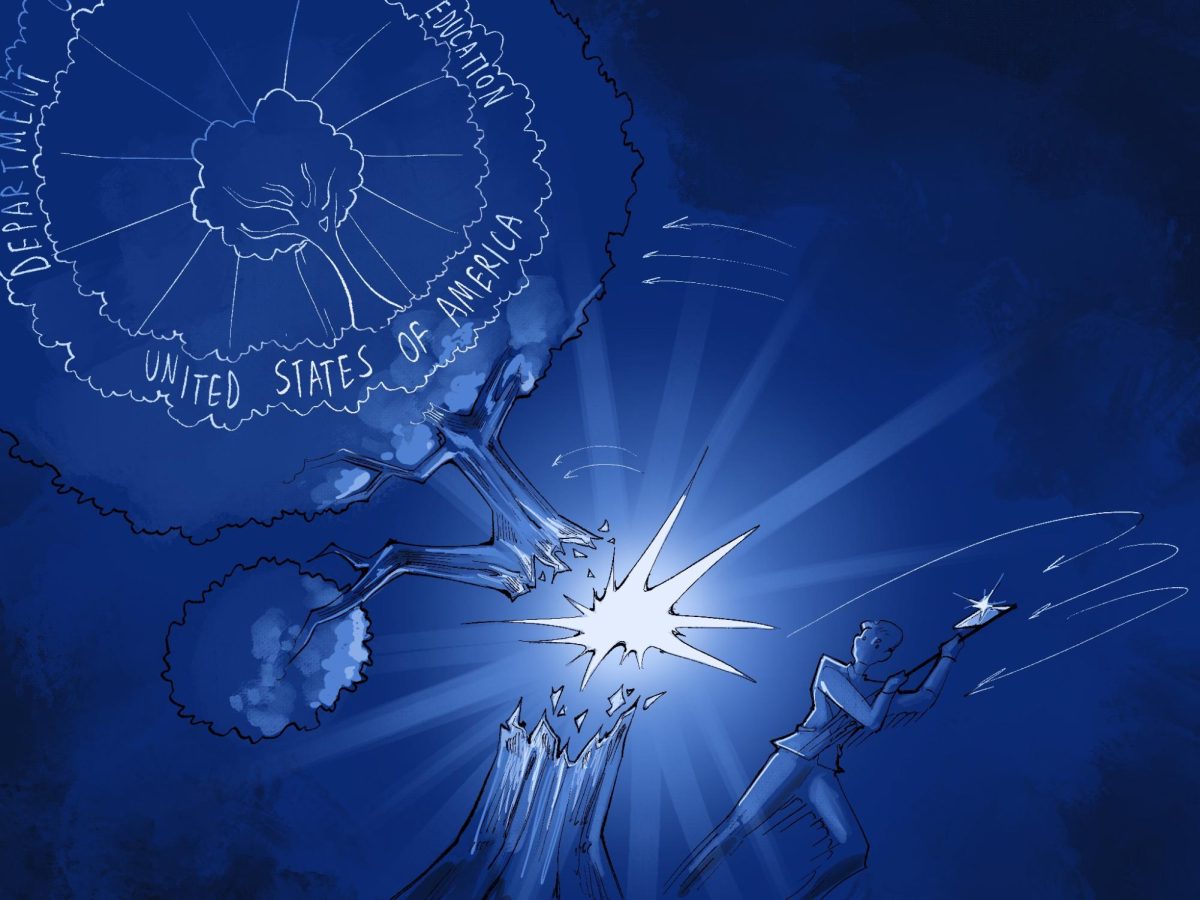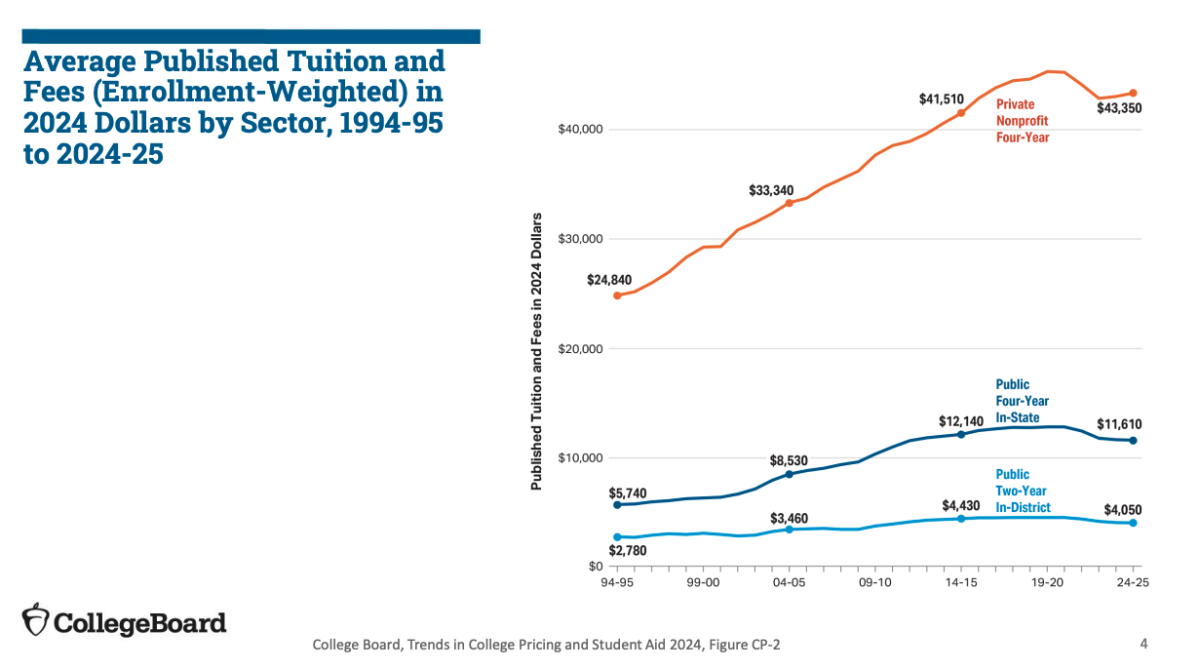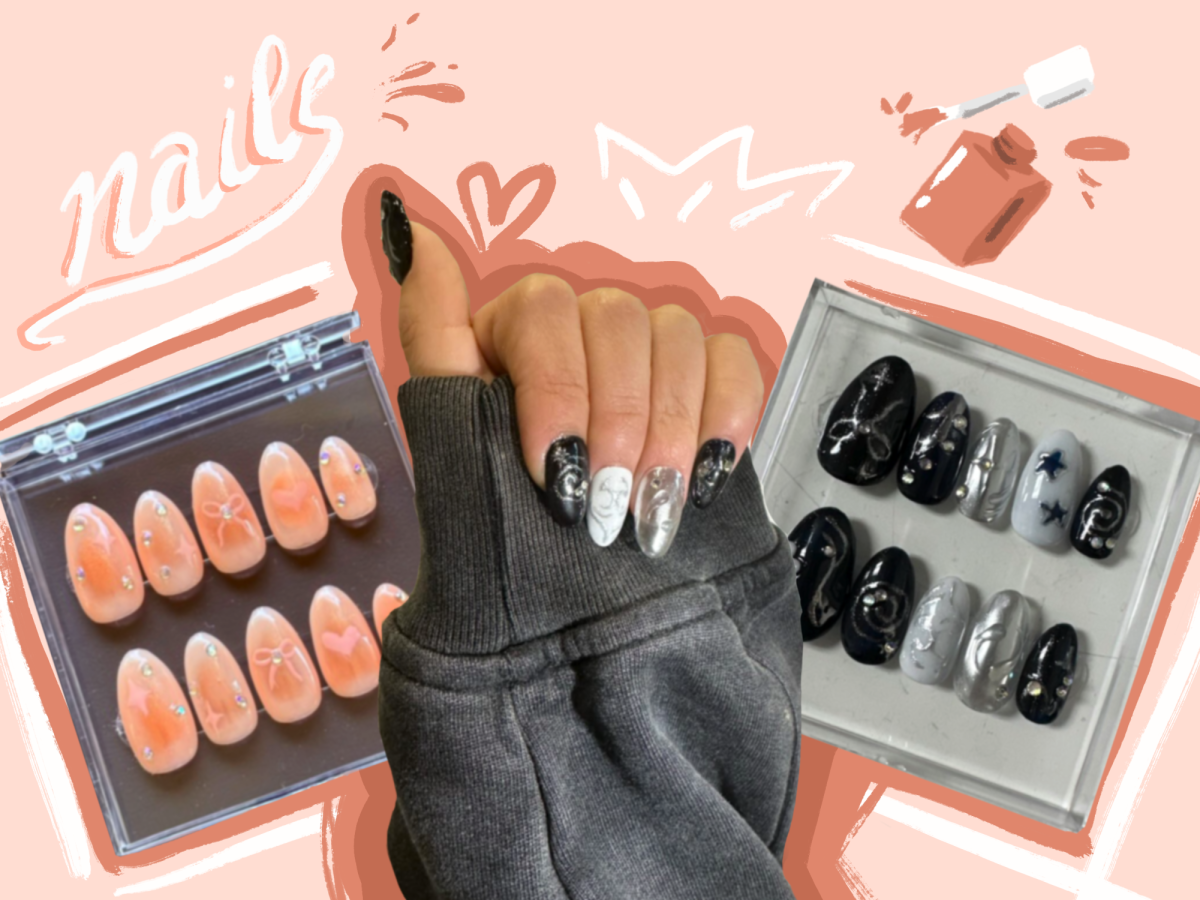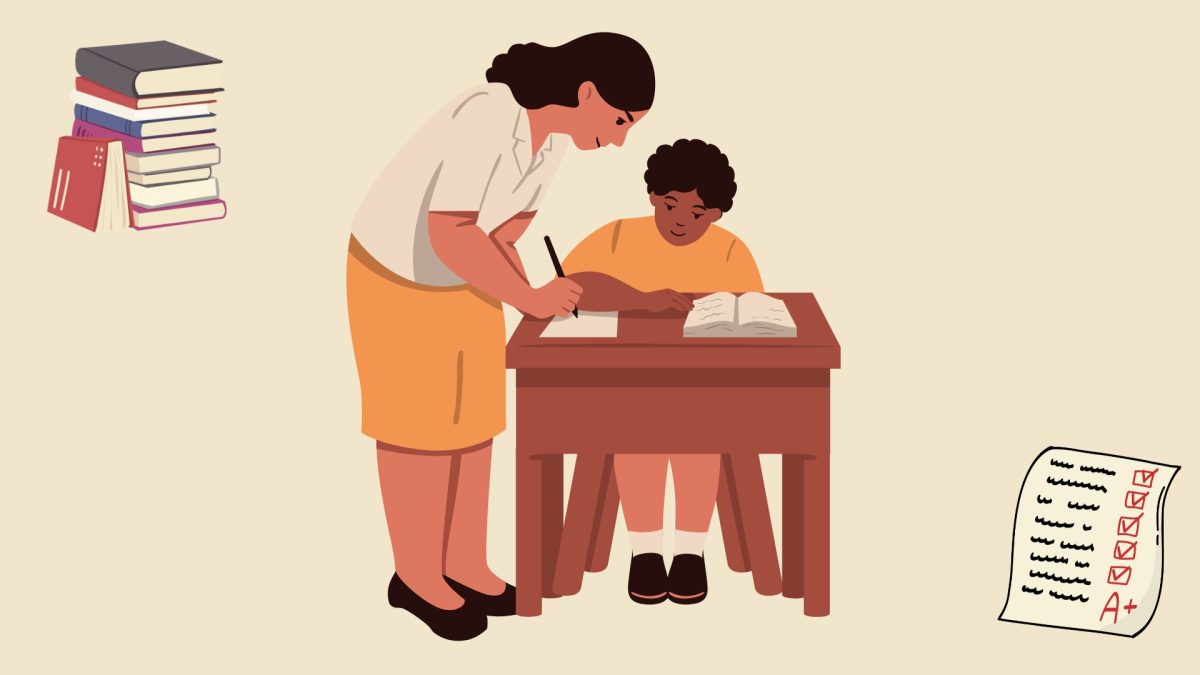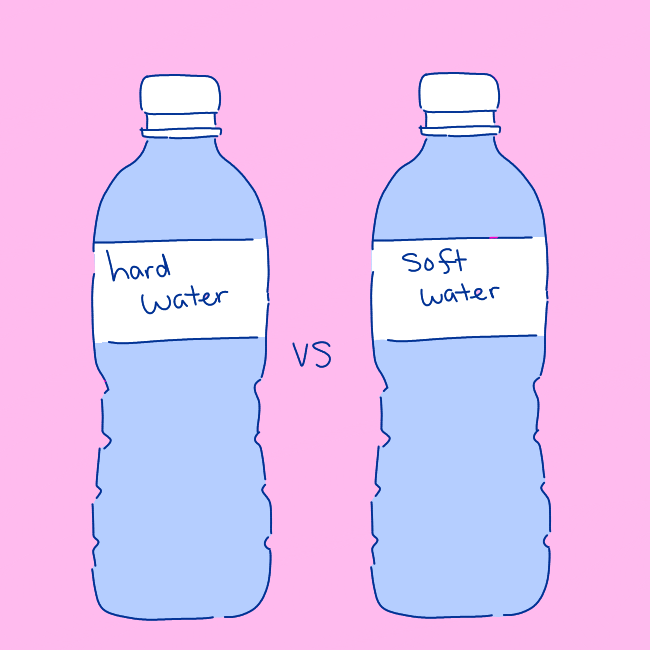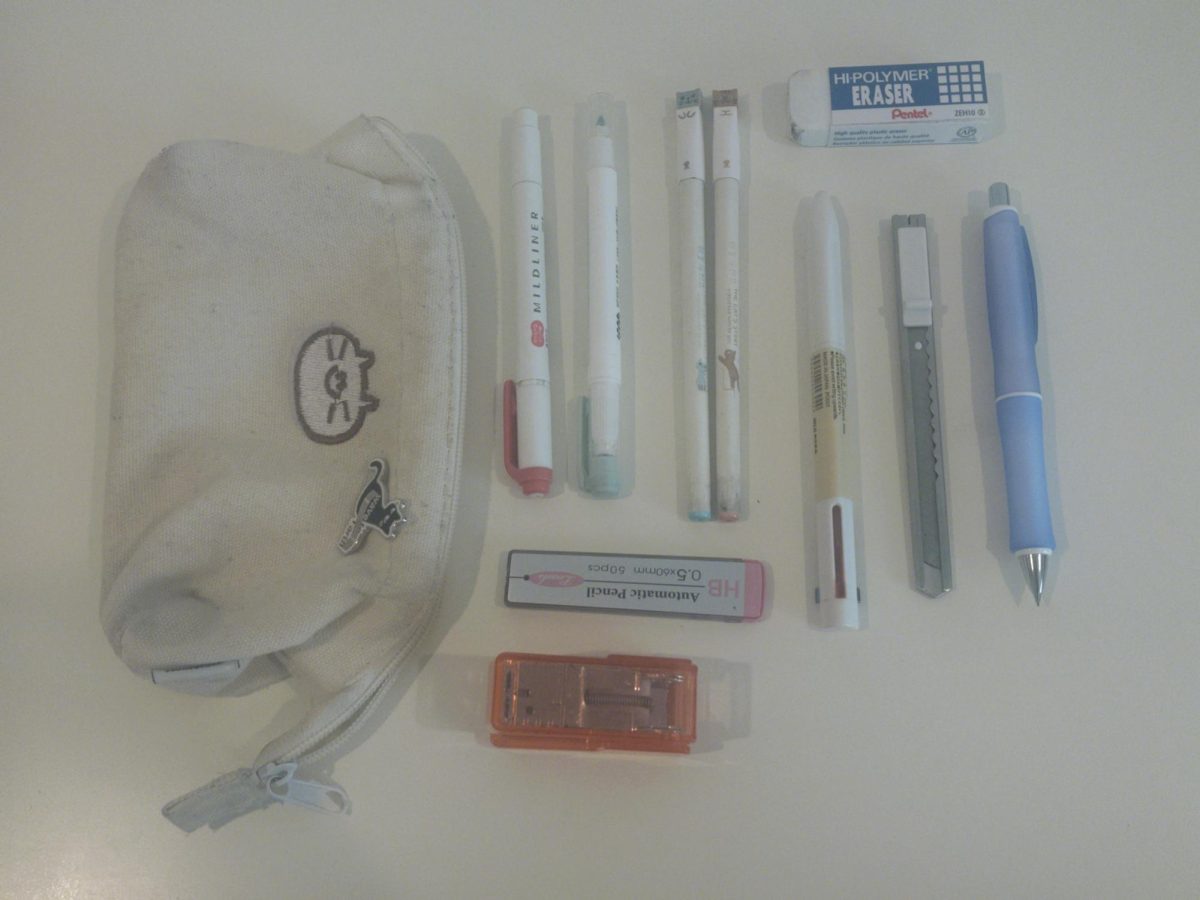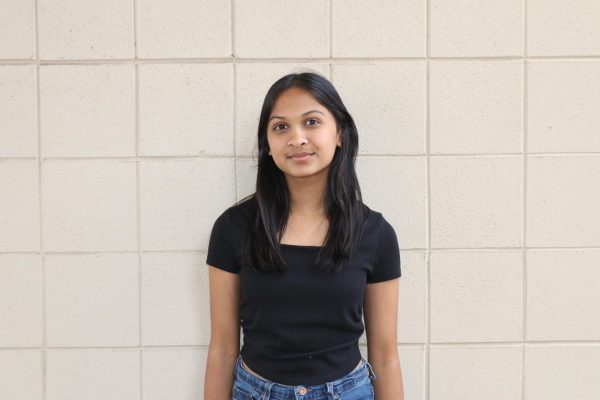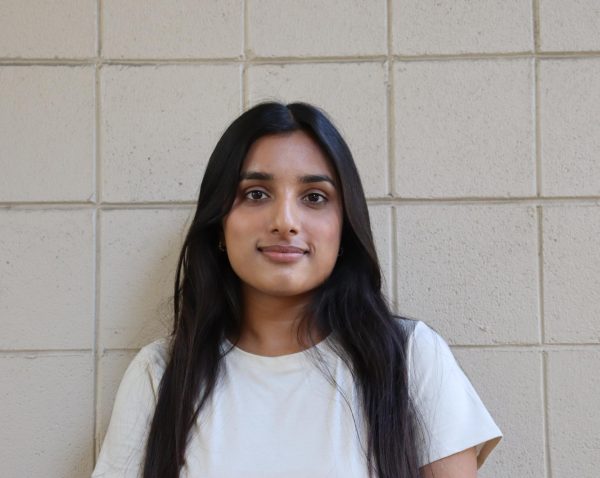Among their initiatives, the members of the school’s 3D Collectives Club have trained librarians at the San Jose Public Library on how to use 3D printers and their respective software. They are working with a retired engineer to ensure the sustainability of this project. As a result of their training efforts, the number of Silicon Valley libraries offering free 3D printing services have increased from two to 26.
During the COVID-19 pandemic, senior Andrew Wu started gaining interest in 3D printing while modifying and building Nerf guns. He eventually came across the 3D printing online community on Discord and started creating printed gadgets and repairing 3D printers. Near the end of quarantine, he met other students, including senior co-president Arthur Gabrilovich, who were equally passionate about 3D printing.
In 2023, 3D printing rose in popularity due to its applications across various industries, most notably in the robotics community, where 3D printing enables cost-efficient production of designs. Wu and Gabrilovich, during the fall of their junior year, decided to start the 3D Collectives Club to spread their knowledge and love for 3D printing.
Every Blue Day Monday during lunch, 10 to 15 students crowd around the engineering lab projector, listening to short lectures about 3D printing or debriefing the next outreach event.
Because Wu had a difficult time learning 3D printing from scattered online resources, his aim for the club was to teach others in a more structured environment. When the club was first founded, Wu would lecture on a short topic related to 3D printing or 3D modeling and then host a small activity such as a computer-aided design (CAD) race. CAD is used to create 3D models that are then converted into formats like STL for 3D printing. This digital design, which can also be from Thingiverse or GrabCad is sent to the 3D printer, which builds the physical object layer by layer.
However, Wu felt that the group could do more, saying: “I felt limited by what I could do at only Saratoga High. So, I started reaching out to libraries and asked them if I could teach at their library, and the idea proved to be very successful.”
Wu and several other club members and officers used their expertise to create concise and beginner-friendly lessons for both 3D printing and CAD, emphasizing hands-on learning and correcting common mistakes. The club reached out to local libraries and various community spaces, offering custom lessons in-person and at no cost. Ten to 15 people show up at every event, with the typical attendees aged 12 to 18, with no age requirement. Members volunteering to teach these lessons received volunteer hours, and all of their teaching materials are free to access on their website.
For general makers, hobbyists, entrepreneurs and educators, 3D Collectives offers free 3D printing services, through club members’ printers, for prints smaller than a 220 mm cube. The club usually receives a couple of print requests per month, typically on a small scale from people who are local, or in-state. On their website, you can fill out a form to request whatever design you choose to print. While all material costs are near-negligible, a shipping cost is still charged.
Their outreach not only attends to beginners, but also proficient users of 3D printers. Professional services for repairing consumer 3D printers are expensive. 3D printers, especially the cheaper ones, often break down, and the companies who manufacture these printers typically do not have free repair services. To address this problem, Wu and Gabrilovich have started offering free 3D printing diagnostics to anyone with a written report included. Once diagnosed, they will also repair the printer for free, if local in the Bay Area, excluding the cost of replacement parts.
The club also offers expertise to those who are going to buy printers. Most recently, Wu consulted with physics and principles of engineering teacher Matthew Welander on what types of 3D printers to buy, eventually buying a X1C printer for his classroom.
Additionally, Wu noted that this past summer, all 24 San Jose public libraries each received a 3D printer and 10 kilograms of filament (the material that is used to create the model), funded by a grant and various donors. However, none of the libraries received any training, rendering the printing resources useless.
As more and more students start gaining interest in 3D printing, Wu has started creating guides to help prospective designers and hobbyists buy the best printer for their personal needs. For example, Wu notes that BambuLabs or Prusa Research sell low-maintenance but slightly more costly printers, while Enders printers are on the cheaper end and are easier to tinker with, despite being somewhat unreliable. Wu recommends avoiding printers that cost less than $250, saying they are often slow, and their manufacturers often provide poor customer support.
3D Collectives club, for the past two years, has sought to have a positive impact on both the community and its members. For club members, like junior secretary Arista Suvarna, helping out the community through 3D printing outreach has been a gratifying experience. Suvarna taught at one of the Santa Clara Library CAD workshops and built connections with younger students.
“There was a little girl who struggled a lot with [3D modeling] a block in the beginning — something that seemed so simple to me,” Suvarna said. “But it was literally the best part of my day when she was finally able to CAD a small car, and it really inspired me to join more of the outreach events, especially to encourage more young women [towards] STEM.”

